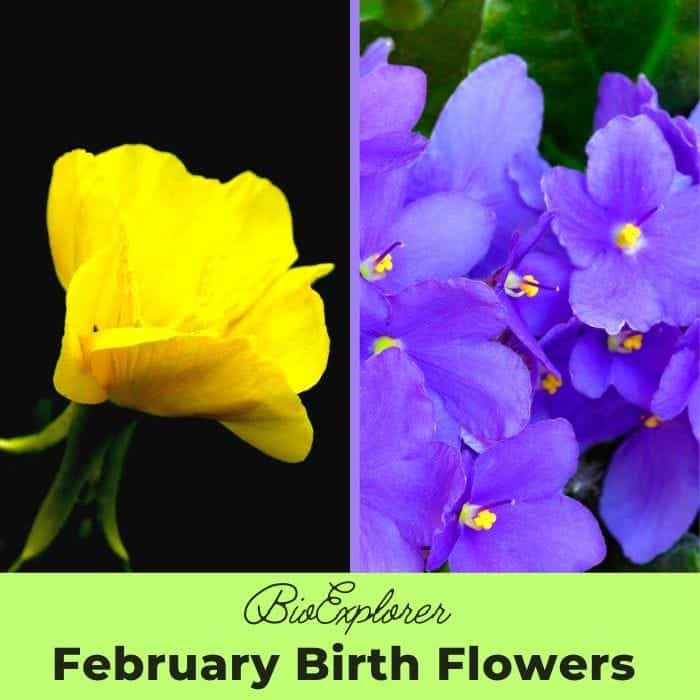
Birth Flowers, much like birthstones, have been a cherished tradition for centuries. These botanical wonders are a feast for the eyes and carry profound meanings, often rooted in ancient folklore and tradition.
Each month has its unique flower, symbolizing the characteristics believed to be inherited by those born within that time. For those born in the chilly month of February, the delicate violet and the vibrant primrose symbolize their birth month.
February, the second month of the year, is often associated with love, primarily due to Valentine’s Day. It’s fascinating to delve deep into the world of February birth flowers and uncover the layers of meaning, history, and cultural significance they hold.
Did You Know? The concept of birth flowers is believed to have its roots in the Roman Empire. Romans celebrated birthdays with floral gifts, attributing specific flowers to each month.
Key Takeaways
Before we dive deep into the world of February birth flowers, let’s highlight the main points you’ll gather from this comprehensive guide:
- Understanding Birth Flowers: Just as gemstones represent each month, flowers have their unique monthly significance. They’re not just symbols but also tell tales of history, culture, and personal attributes.
- February’s Floral Duo: February is unique in having not just one but two flowers representing it the violet and the primrose. Each carries its own set of meanings and stories.
- Historical Significance: These flowers aren’t just randomly assigned. Their association with February has deep historical and cultural roots, especially in ancient civilizations like the Greeks and Romans.
- Symbolism and Meaning: Beyond their aesthetic appeal, these flowers carry profound symbolic meanings. There’s much to uncover, from purity and loyalty to young love and new beginnings.
- FAQs Addressed: We’ll tackle some of the most commonly asked questions about February birth flowers, ensuring you have a well-rounded understanding by the end of this guide.
By the end of this article, you’ll appreciate the beauty of the violet and Primrose on a visual level and resonate with their deeper symbolic meanings, making them perfect gifts or personal tokens for those born in February.
Table of Contents
- The Violet: February’s Delicate Bloom
- Violet Flower Facts
- The PrimRose: Symbol of Young Love and New Beginnings
- Primrose Flower Facts
- Other Notable February Flowers
- Interesting Facts About February Birth Flowers
- The Best Ways to Use February Birth Flowers
- Frequently Asked Questions
- What are the official birth flowers for February?
- Why are violets and primroses associated with February?
- How do birth flowers differ from month to month?
- What do different colors of violets and primroses symbolize?
- Are there other flowers associated with February?
- What are the meanings of the Iris, as a February birth month flower?
- Are there other birth month flowers besides the Iris for February?
- How did the concept of birth month flowers originate?
- Are there birth month flowers for other months apart from February?
- What does giving a Violet as a February birth flower mean?
- Are birth month flowers internationally recognized?
- Conclusion
The Violet: February’s Delicate Bloom
Violet Flower and Its Significance
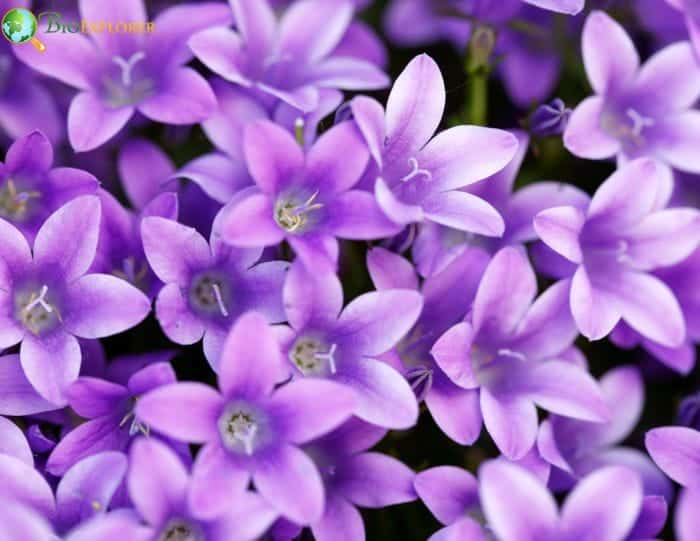
The violet, a modest yet striking flower, has long been associated with the month of February. Its delicate petals, often found in shades of purple, blue, and even white, are a sight to behold against the backdrop of winter’s last days.
Characteristics of the Violet:
- Color Varieties: Ranging from deep purples to soft Lilacs and even vibrant blues.
- Petals: Typically, five-petaled with a unique shape, often resembling a heart.
- Size: Small to medium makes them perfect for bouquets and ornamental use.
Symbolism of the Violet:
- Purity: The white violets, in particular, symbolize innocence and purity.
- Loyalty: Often gifted as a sign of deep loyalty and commitment.
- Modesty: The violet’s unassuming nature is synonymous with humility.
- Faithfulness: A popular Valentine’s flower representing steadfast love.
Historical Tidbit: In the Victorian era, the language of flowers, or floriography, was a popular way to convey messages without words. Violets were often sent to convey feelings of love and admiration discreetly.
The Violet in History and Culture
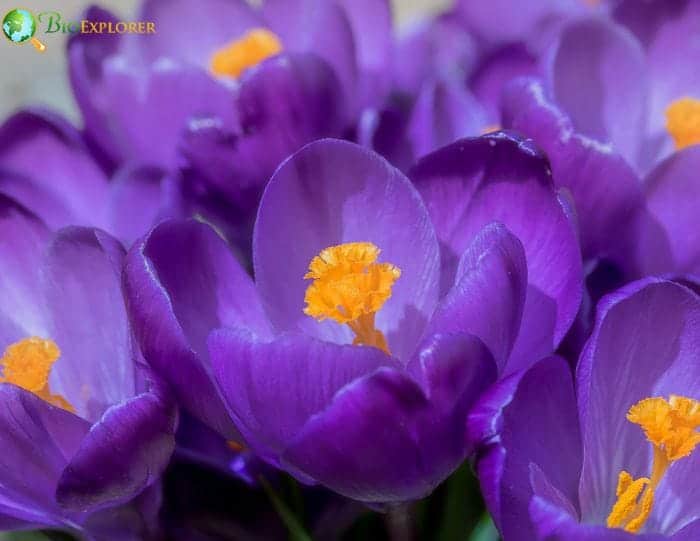
The violet’s history is as rich as its color. From ancient civilizations to modern times, this flower has been revered and utilized in various ways.
- Greeks and Romans: These ancient civilizations held the violet in high regard. The Greeks believed it was a symbol of fertility and love, often associating it with their goddess of love, Aphrodite. On the other hand, the Romans used violets to make wine and as a key ingredient in some of their feasts[1].
- State Flower Significance: The violet is the state flower of Illinois, further cementing its importance in cultural contexts[2].
- First Blooms of Spring: Violets are among the first flowers to bloom as winter gives way to spring, symbolizing hope and renewal.
Case Study: In a study on the popularity of flowers in ancient literature, the violet emerged as one of the top choices, especially in romantic contexts. Poets and writers from Shakespeare to Robert Frost have mentioned this delicate bloom, highlighting its timeless appeal[3].
Violet Flower Facts
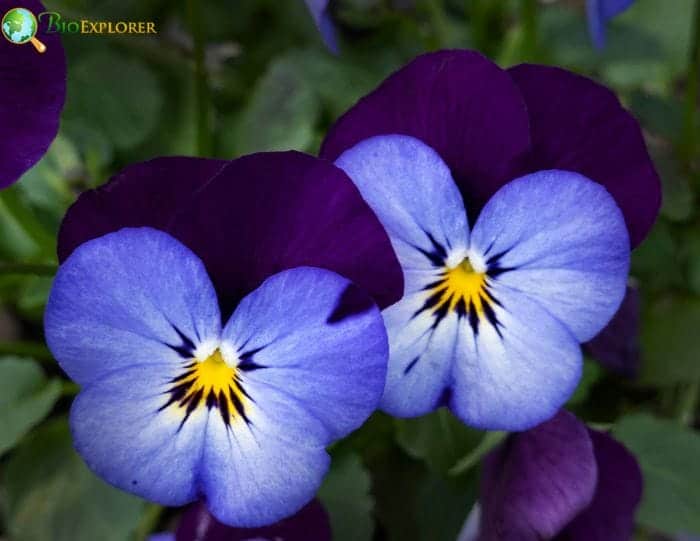
- Scientific Name: Viola
- Regions Grown: Violets are predominantly found in the temperate Northern Hemisphere. However, they are also present in diverse areas such as Hawaii, Australasia, and the Andes[4].
- Colors: Violets come in various colors, including white, yellow, orange, shades of blue, and violet. Some are even multicolored, often combining blue and yellow[5].
- Bloom Time: Violets are most often spring-blooming. They produce showy chasmogamous flowers in early spring, which are well-developed petals pollinated by insects. Many species also produce self-pollinated cleistogamous flowers in summer and autumn that do not open and lack petals[6].
- Meanings: Violets symbolize innocence, modesty, and true, everlasting love.
- Historical References: The violet has been a significant flower throughout history. In ancient Greece, it was associated with love and fertility. It was also the symbol of Athens. In Roman myths, violets were tied to funerary rituals, symbolizing remembrance[7].
- Unique Characteristics: Some Viola species are perennial plants, while others are annual. A few even grow as small shrubs. Many violets produce a unique scent, a major component of which is a ketone compound called ionone. This compound temporarily desensitizes the nose’s receptors, making the scent elusive.
The PrimRose: Symbol of Young Love and New Beginnings
Primrose Flowers and Their Importance
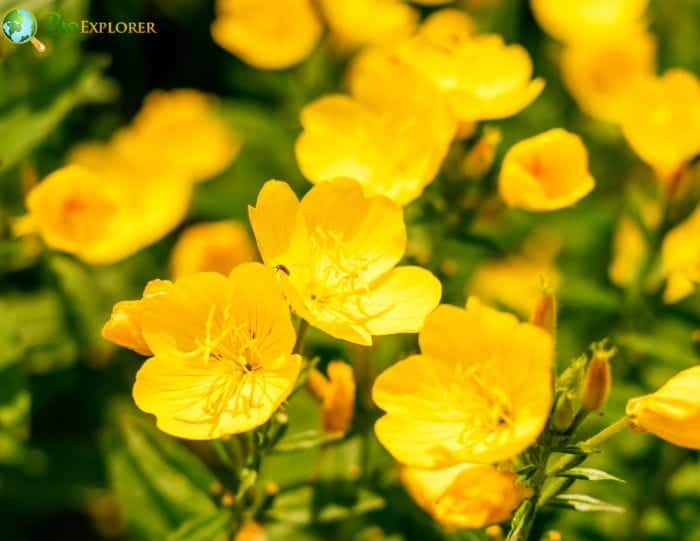
The primrose, with its vibrant hues and radiant petals, stands as a beacon of hope and love in the month of February. Often overshadowed by its more popular counterpart, the violet, the primrose has a rich history and deep symbolic meanings.
Characteristics of the Primrose:
- Color Spectrum: Primrose comes in various colors, from yellows and whites to Pinks and deep purples.
- Petals: They boast a cluster of delicate petals surrounding a bright yellow center, reminiscent of the sun.
- Size: Generally small, but their clustered growth pattern makes them appear lush and abundant.
Symbolism of the Primrose:
- Young Love: The primrose is often associated with youthful and budding romance.
- New Beginnings: Its early bloom in the year symbolizes fresh starts and new chapters.
- Innocence and Purity: White primroses, in particular, convey these sentiments.
Historical Insight: In the Victorian era, gifting primroses was a subtle way of expressing that you couldn’t live without someone. Their name, derived from the Latin ‘prima rosa’ meaning ‘first rose’, indicates their early blooming nature.
The Primrose in History and Culture
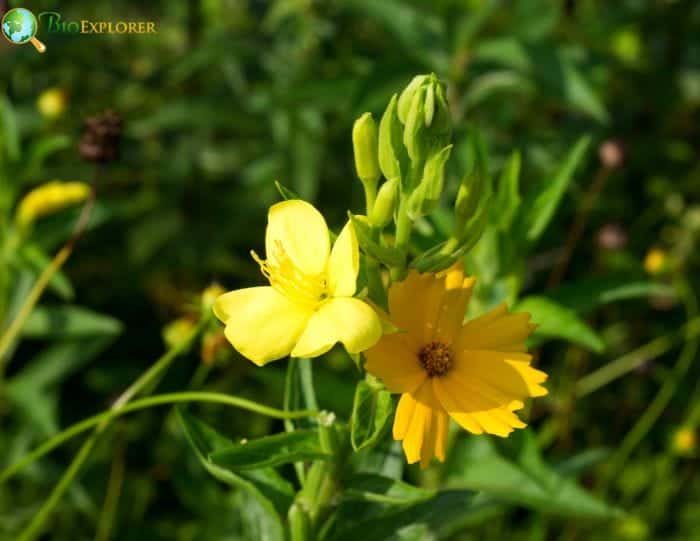
The primrose isn’t just a pretty face steeped in history and cultural significance.
- Primrose Day: In the UK, April 19th is celebrated as Primrose Day in memory of former Prime Minister Benjamin Disraeli. Primroses, his favorite flowers, are laid at his statue in Westminster[8].
- Greeks and Romans: The primrose was considered a sacred flower in ancient Rome, often used in ceremonies. The Greeks associated it with protection and believed it could ward off evil.
- Ideal for February Birthdays: Given its symbolism of young love and new beginnings, the primrose is ideal for those born in February, a month synonymous with love.
![]()
Primrose Flower Facts
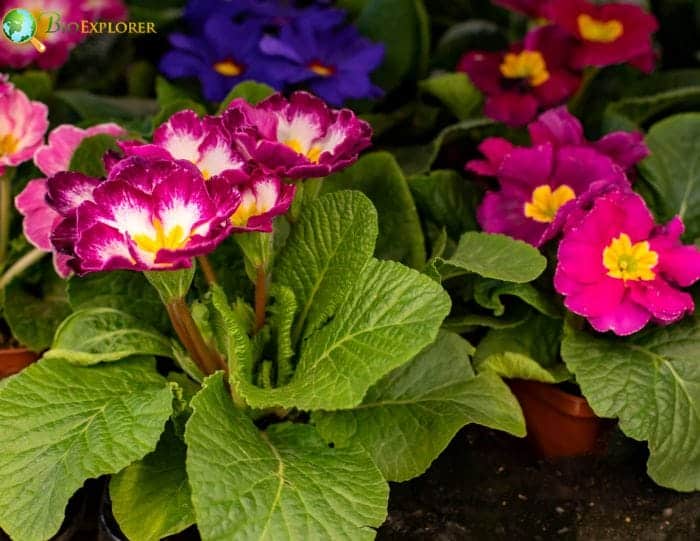
- Scientific Name: Primula
- Regions Grown: Primroses are native to the temperate Northern Hemisphere, with a few species also found in high-altitude areas of the southern tropics. They are commonly found in cool and moist environments, such as meadows, riverbanks, and woodland clearings[9].
- Colors: Primrose comes in various colors, including white, yellow, pink, red, blue, and purple. Some species even have bi-colored flowers.
- Bloom Time: Primroses typically bloom in early spring, but the exact timing can vary depending on the species and region.
- Meanings: The primrose symbolizes youth and young love. In the language of flowers, it can also represent the feeling of “I can’t live without you. “.
- Historical References: The primrose has been a beloved flower for centuries. In ancient times, it was associated with Freya, the Norse goddess of love, and was believed to bring luck in love. In the Victorian era, primroses were often given as a symbol of first love.
- Unique Characteristics: Primroses are perennial plants, meaning they return year after year. They have a rosette of leaves at the base, from which stems bearing clusters of flowers arise. Some species are fragrant, especially during the evening.
Other Notable February Flowers
While the violet and primrose are February’s primary stars, other flowers also hold significance during this month. Let’s explore a couple of them.
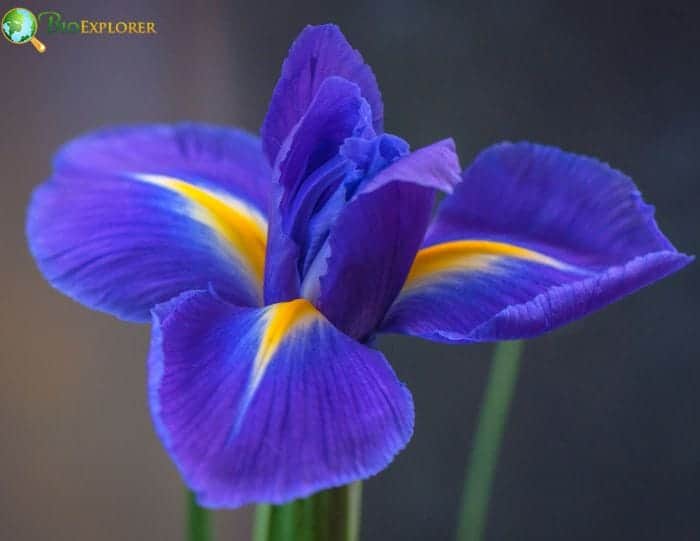
The Iris: A Flower of Purity and Loyalty
With its majestic petals and regal appearance, the iris is another flower often associated with February. Its name, derived from the Greek word[10] for ‘rainbow’, is apt given the variety of colors it blooms in.
Characteristics of the Iris:
- Color Varieties: From deep purples and blues to yellows and even whites.
- Petals: The iris is known for its unique petal structure, with some petals pointing upwards and others cascading down.
- Size: Medium to large, making them a standout in any bouquet.
![]()
Symbolism of the Iris:
- Purity: Often symbolized by the white iris.
- Wisdom: The purple iris represents wisdom and respect.
- Faith and Hope: The blue iris conveys these sentiments.
Historical Tidbit: The iris has been a symbol of royalty and power, especially in ancient Egypt. It’s often depicted in hieroglyphics and art from that era[11].
![]()
The Rose: A Timeless Symbol of Love
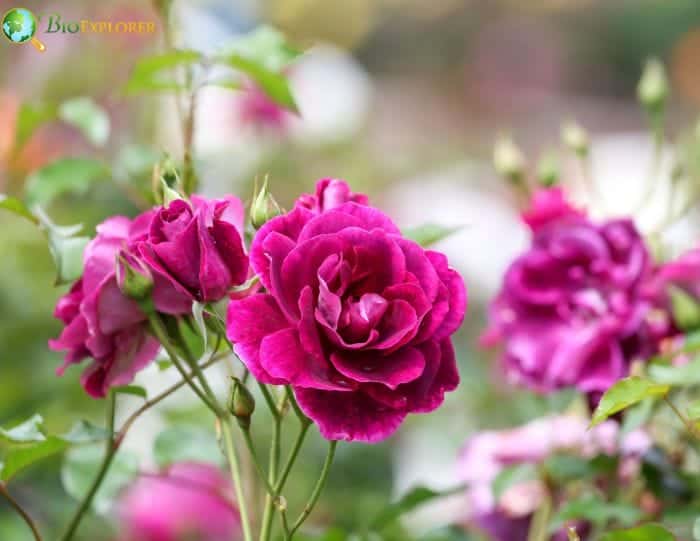
No discussion about flowers, especially in February, would be complete without mentioning the Rose. Synonymous with love and passion, the rose is a classic choice for Valentine’s Day.
Characteristics of the Rose:
- Color Spectrum: Roses bloom in many colors, each carrying its own meaning.
- Petals: Soft, layered petals that are velvety to the touch.
- Size: Varies based on the type, from petite to grand.
![]()
Symbolism of the Rose:
- Love: Red roses are the universal symbol of love and passion.
- Friendship: yellow roses convey friendship and joy.
- Innocence: White roses symbolize purity and innocence.
Did You Know? The number of roses gifted can also convey different messages. For instance, a single rose signifies enduring love, while a dozen roses say, “Be mine”.
![]()
Interesting Facts About February Birth Flowers
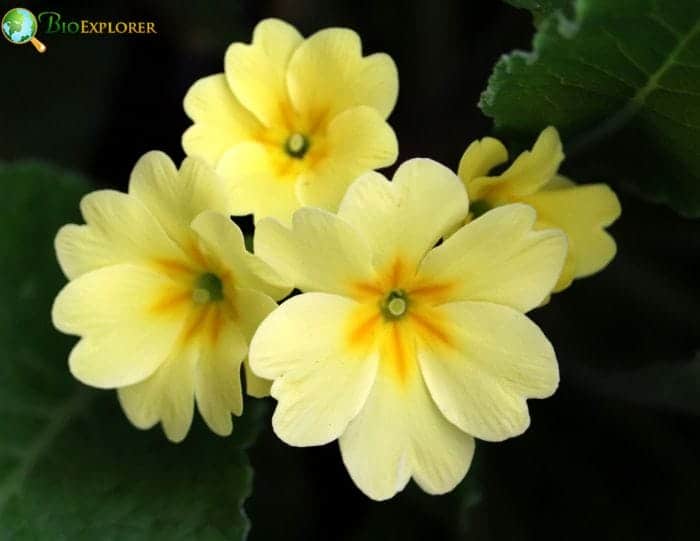
While we’ve delved deep into the symbolism and significance of February’s birth flowers, there’s always more to uncover. Here are some intriguing tidbits about violets and primroses that might surprise you:
Violets: More Than Just a Pretty Face
- Edible Blooms: Not only are violets beautiful to look at, but they’re also a treat for the palate. Violet flowers are edible and are often used in salads, desserts, and even to make syrups.
- Medicinal Uses: Historically, violets have been used in herbal medicine. They were believed to have properties that could help with insomnia and heart ailments.
- Hidden Flowers: Violets often produce a second type of flower that never sees the light of day. These hidden blooms don’t open but are self-pollinating.
- Mood Indicators: The flowers of some violet species can change their color. They might start as blue and turn to violet after being pollinated, serving as a signal for bees.
![]()
Primroses: A Palette of Colors
- Beyond Yellow: While yellow might be the most commonly recognized color for primroses, they actually come in a spectrum of colors, including red, pink, purple, blue, and white.
- Night Bloomers: Some primroses open their flowers at night, attracting nocturnal pollinators like moths.
- Victorian Code: In the Victorian language of flowers, gifting primroses meant, “I can’t live without you. ” Quite a powerful message for such a delicate flower!
- Ancient Symbol: Primroses were considered ancient symbols of love and protection. They were often planted in gardens to ward off evil.
These fascinating facts add another layer to our understanding of February’s birth flowers. Whether it’s the violet’s versatility or the primrose’s vibrant variety, there’s always something new to learn and appreciate about these botanical wonders.
![]()
The Best Ways to Use February Birth Flowers
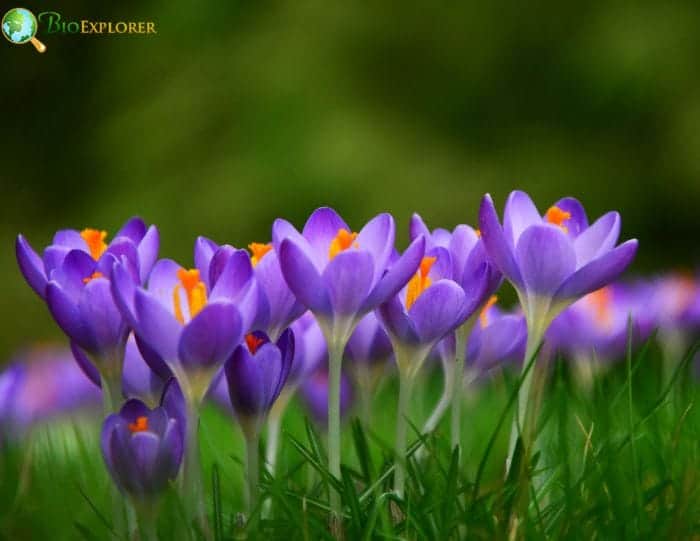
With their vibrant colors and deep symbolism, February’s birth flowers are versatile additions to various occasions and settings. Whether you’re celebrating a birthday, planning a wedding, or simply looking to add a touch of nature to your home, here are some creative ways to incorporate violets and primroses:
Birthday Celebrations
- Violet Sugared Flowers: A delightful treat for the eyes and the palate, sugared violets can adorn cakes, cupcakes, and other desserts. They add a touch of elegance and are a nod to the birthday person’s birth month.
- Primrose Potted Plant: Gift a potted primrose plant, allowing the birthday celebrant to enjoy its blooms year after year. It’s a lasting reminder of their special day.
![]()
Floral Arrangements
- Mixed Bouquets: Combine violets and primroses with flowers like roses and irises to create a vibrant bouquet. The mix of colors and symbolism makes for a meaningful gift.
- Solo Arrangements: A bouquet solely of violets or primroses makes a bold statement. Their rich colors stand out, making them perfect centerpieces.
![]()
Home Decor
- Violet Wall Art: Incorporate violet motifs in wall art or paintings to bring a touch of nature indoors. Their delicate appearance complements various interior styles.
- Primrose Centerpieces: Place a bowl of primroses as a table centerpiece. Their bright colors can uplift the ambiance of any room.
![]()
Weddings
- Violet Boutonnieres: For a February wedding, violet boutonnieres are a subtle nod to the groom’s or bride’s birth month (if they were born in February).
- Primrose Aisle Decor: Line the wedding aisle with primroses, creating a vibrant path for the bride’s grand entrance.
- Floral Crowns: Incorporate violets and primroses into floral crowns for bridesmaids or flower girls, adding a touch of February charm to the wedding ensemble.
![]()
Crafts and DIY
- Violet Pressed Flower Bookmarks: Press violets between the pages of a heavy book. Once dried, use them to create unique bookmarks, perfect as gifts or keepsakes.
- Primrose-Scented Candles: Infuse candle wax with primrose essence to create custom-scented candles. They smell delightful and add a touch of romance to any setting.
Incorporating February’s birth flowers into various aspects of life pays homage to their significance and adds a touch of nature’s beauty to everyday moments.
![]()
Frequently Asked Questions
Flowers, with their myriad of colors, shapes, and meanings, often lead to a bouquet of questions. Here, we address some of the most commonly asked questions about February birth flowers and their significance.
What are the official birth flowers for February?
The official birth flowers for February are the violet and the primrose. Both these flowers have deep-rooted historical and cultural significance.
Why are violets and primroses associated with February?
Both these flowers bloom early in the year, symbolizing new beginnings and hope. Their meanings of purity, loyalty, young love, and innocence resonate with the themes of February, especially Valentine’s Day.
How do birth flowers differ from month to month?
Just as each month has its unique gemstone, every month has its designated flower(s). These flowers are chosen based on their blooming season, historical significance, and cultural associations. For instance, while February celebrates the violet and primrose, April’s birth flower is the Daffodil.
What do different colors of violets and primroses symbolize?
The color of a flower often adds another layer to its meaning. White symbolizes purity and innocence for violets, while purple represents loyalty and faithfulness. On the other hand, primroses come in various colors, each conveying different sentiments. Yellow primroses, for instance, symbolize youth and young love.
Are there other flowers associated with February?
While the violet and primrose are the primary birth flowers for February, other flowers like the iris and rose also hold significance during this month, especially in the context of love and Valentine’s Day.
What are the meanings of the Iris, as a February birth month flower?
The Iris flower has different meanings depending on its color. The Purple Iris signifies wisdom and compliments, the blue Iris symbolizes faith and hope, while the yellow Iris stands for passion.
Are there other birth month flowers besides the Iris for February?
Yes, aside from the Iris, flowers like the Violet and the Primrose are also known as February’s birth month flowers, each carrying its own specific meaning and symbolism.
How did the concept of birth month flowers originate?
The birth month flower originated from the ancient Romans, who used to celebrate birthdays with seasonal flowers. The tradition was further elaborated by the Victorians, who assigned specific flowers each month and imbued them with symbolism.
Are there birth month flowers for other months apart from February?
Yes, each month has its own unique birth flower. For example, Lily of the valley for May, Rose for June, Carnation for January, and Sweet Pea for April.
What does giving a Violet as a February birth flower mean?
Giving a Violet as a February birth flower signifies faithfulness, humility, and chastity. It’s a way of telling recipients they are precious and valued.
Are birth month flowers internationally recognized?
Yes, the concept of birth month flowers is recognized in many cultures worldwide, though the specific flowers and their meanings can vary slightly between cultures.
Conclusion
As we wrap up our floral journey through the month of February, it’s evident that flowers are more than just beautiful adornments. Their delicate petals carry stories, emotions, and centuries of history. The violet and primrose, with their vibrant hues and profound meanings, stand as a testament to nature’s creations’ beauty and depth.
Key Points to Remember:
- Violet and Primrose are the official birth flowers for February, each with unique symbolism and significance.
- Historical Roots: From the Greeks and Romans to the Victorians, these flowers have been cherished and revered for centuries.
- Gift of Nature: Beyond their aesthetic appeal, flowers like violet, primrose, iris, and rose offer a way to convey emotions, making them perfect gifts for loved ones.
Whether you’re looking to gift a bouquet to a February-born loved one or wish to immerse yourself in the world of botanical wonders, we hope this guide has enriched your knowledge and appreciation for February’s birth flowers.
Final Thought: As you enter the month of love, let the violet’s humility, the primrose’s vibrancy, the iris’s purity, and the rose’s passion inspire you. Embrace their meanings, share their stories, and let them add a touch of nature’s magic to your everyday life.











